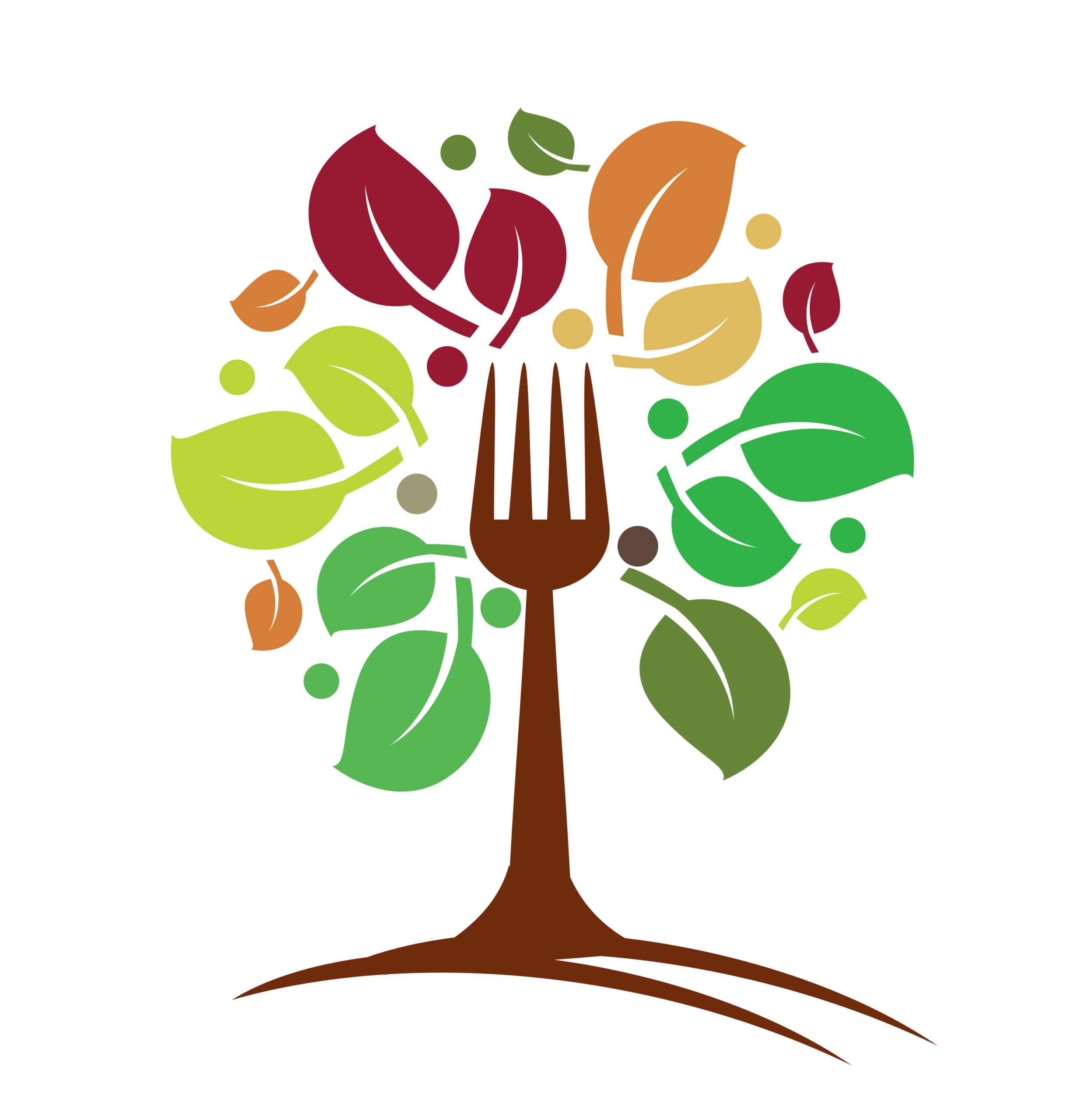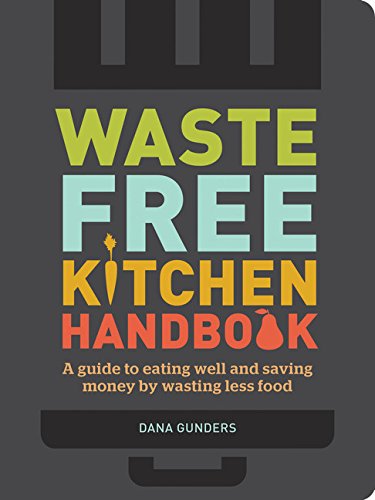Starting today, Waste-Less Wednesday is getting a bit of a change up. In addition to tips and recipes for reducing food waste at home, you’ll be seeing the occasional news roundup of food waste topics, near and far.
While I think about food waste at a micro level — i.e., my kitchen and local food system — recent conversations with friends have reminded me to look beyond the 650. Conversations about food waste are now happening with more frequency at the national and international levels, thanks to chefs, writers, and food activists. We’re learning more about the impact of food waste on hunger, loss of resources, and climate change — and how all of us can be a part of the food waste solution. Here’s a roundup of what you might have missed recently.
September 29, 2015
Book Release: Waste Free Kitchen Handbook: A guide to eating well and saving money by wasting less food by Dana Gunders

Dana Gunders, who authored the pivotal food-waste report “Wasted: How America Is Losing Up to 40 Percent of Its Food from Farm to Fork to Landfill,” is a Project Scientist with the National Resources Defense Council in San Francisco. I first heard her speak about food waste during a panel talk co-hosted by CUESA last year. During this educational and inspiring discussion, Gunders gave a most memorable description of consumer food waste: “It’s like going to the grocery store, buying five bags of groceries and dropping two of them in the parking lot — and leaving them there.”
As a scientist, Gunders wanted to understand what consumers needed to know to reduce food waste. Specifically, what did they need to know about buying, storing, and cooking food, including food that seems ready for the compost pile? For example: “When you’re standing in your kitchen with a wrinkled tomato, what do you need to know in order not to waste it?” In addition to practical information, the book also contains what Gunders calls “use-it-up recipes” for ingredients on the brink (or maybe just a little bit past).
Get the whole story in just 2 Minutes.
Read Dana Gunders’ blog post about the book release: Why I Wrote the Waste-Free Kitchen Handbook | Dana Gunders’s Blog | Switchboard, from NRDC
September 28, 2015
United Nations’ Food Waste Luncheon is All About the Leftovers

Blue Hill and wastED Chef Dan Barber and former White House Chef Sam Kass recently created a luncheon of repurposed food for 30 world leaders. The meal, which included dishes created for and served at Barber’s wastED pop-up restaurant brought attention to the issues of global food waste, loss of resources, and climate change. The printed menu included a description of each course, but also the source of each ingredient. The first course, “Landfill salad,” consisted of “vegetable scraps, rejected apples and pears, and chickpea water.”
Get the 2-Minute version of the UN Food Waste Luncheon:
“UN Serves ‘Landfill Salad’ to Highlight Food Waste”
September 25, 2015
More Than a Billion Pounds of Seafood Going to Waste Every Year

Food waste doesn’t occur just on the farm or in the food-manufacturing plants. According to a recent NPR article, almost half of the US seafood supply ends up wasted. While seafood waste happens throughout the system — from boat to processor to consumer — “consumers are far and away wasting more seafood than any other group,” tossing out 1.3 billion pounds of seafood annually. Some of this seafood is purchased and never eaten, and some is “plate waste” that ends up in pet food bowls or the garbage.
Consumers aren’t solely to blame for seafood waste. Processing plants discard the “less desirable” parts of fish (think: fish heads) in favor of supermarket-perfect pieces. Commercial fisheries contribute to waste as well, through bycatch. Bycatch are the unwanted fish and other marine life that are caught in addition to the target species. Efforts are being made in the industry to reduce bycatch, but it’s still a problem.
Want to know more? Check out this 3-minute read on the state of seafood waste in the US:
Via NPR | The Salt | “We Leave Half Of All Our Seafood On The Table (And In The Trash) by Alistair Bland
September 16, 2015
USDA and EPA Set National Food Waste Reduction Target
Food waste hits the big time — and that’s a good thing! The United States Department of Agriculture (USDA) and Environmental Protection Agency (EPA) have issued a nationwide food-waste challenge: a 50% reduction of food waste by 2030. A variety of big-name US food retailers, agriculture industry reps, and charitable organizations have already signed on with support (Albertsons, Wegmans Markets, and City Harvest, just to name a few.)
Read the press release in 2½ minutes or less:
“Food Retailers, Agriculture Industry, and Charitable Organizations Support First National Goal to Reduce Food Waste by 50 Percent by 2030.”
Want more detail? Check out the Office of the Chief Economist’s web page on food waste.
What’s your food waste story? Share in the comments below.

